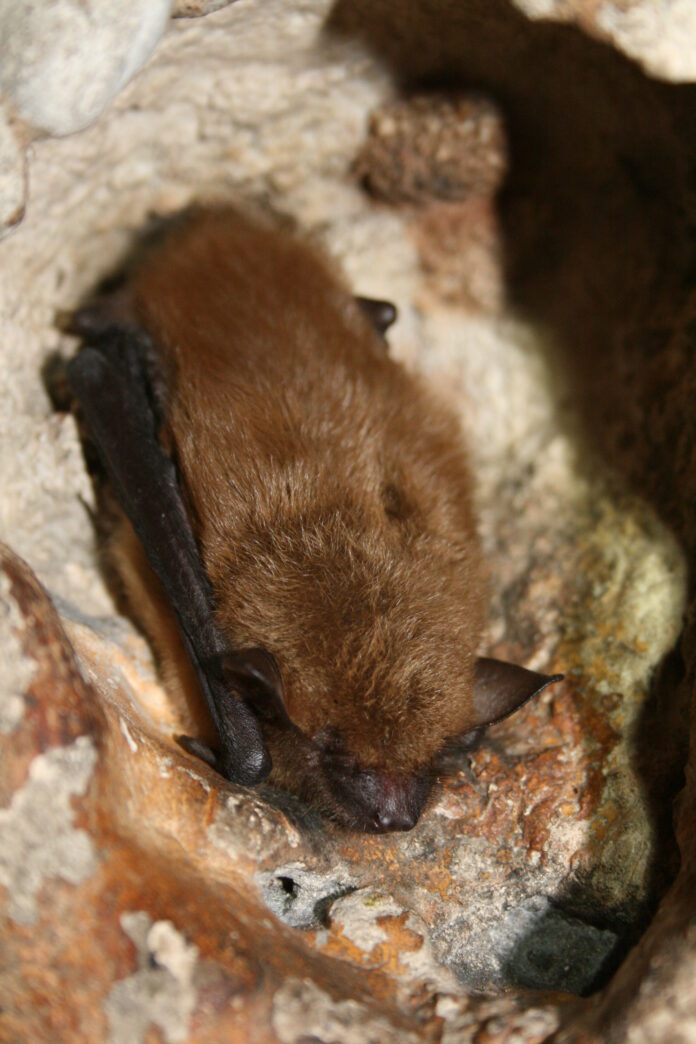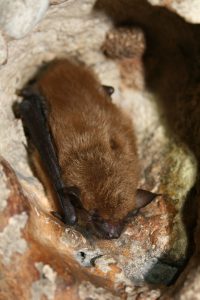
BY HANNES THUM

Recently, I spent a week down in the canyon country of southern Utah with some students. Visiting these warmer, slickrocked, desert locales is a springtime rite for many of us as we thaw out from the winter storms, and I also appreciate getting out of my element (the Wood River Valley) to explore a different kind of ecosystem (anywhere else).
The sky in that piece of landscape seems larger than it does here at home. For the most part, the horizon is wide open, clean of topography and clean of vegetation. Not Montana, but certainly “big sky country.”
Notable breaks in the flat horizon are the mountain ranges, still snow-covered and dramatic against the backdrop of dry, red-rock country: the La Sals dominant and striking in their relief to the northeast, the Abajos hunched and dark with trees to the south, and the Henrys distant and shimmering like a faint mirage in the west.
That big sky means big twilight. And the evening sunset lasts a long time, making evening an indulgent experience.
One of the daily rituals of the process of the scorchingly hot sun dropping down to the horizon and giving way to the cool, breezy dusk is one of my favorite biological rhythms: the arrival of the bats.
The bats take to the sky silently and without warning and seemingly from out of nowhere. Suddenly, they are just there, as they pursue their nightly insect prey, flapping and swooping and darting. Flittering, it could even be said. In many languages, the word for bat means “flitter mouse”—bats, on the wing, in every direction, as darkness sets in.
A game that I like to teach my students has one simple rule: the first person in the group to see a bat each evening yells out, at the top of their lungs, “Bat!”
When I explain the game (if you’d call it that) each year, the students furrow their brows in confusion and ask me why on earth we would ever do such a thing. I ask them to trust me, and to try it. Surely enough, at some point, somebody will see a bat and somebody will yell out and somebody will have won the game. And we’ll go back to silently enjoying the sunset as we prepare to climb into our sleeping bags for the night, and the bats continue to silently hunt around our heads.
A simple endeavor, yes. But why not acknowledge the bats? They are the only mammals on Earth that have figured out the evolutionary trick of flight (Yes! Flight! Truly astounding!). They live and thrive in ecosystems all over the world, on every continent except Antarctica. There are teeny tiny bats and great big huge bats. Some eat plants, some eat insects, and some even eat other vertebrates.
Fascinating stuff for a mammal. The alchemy that this universe creates—well worth being startled by a teenager suddenly screaming “Bat!” and making us all jump each evening.


